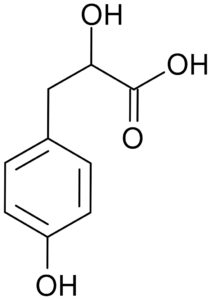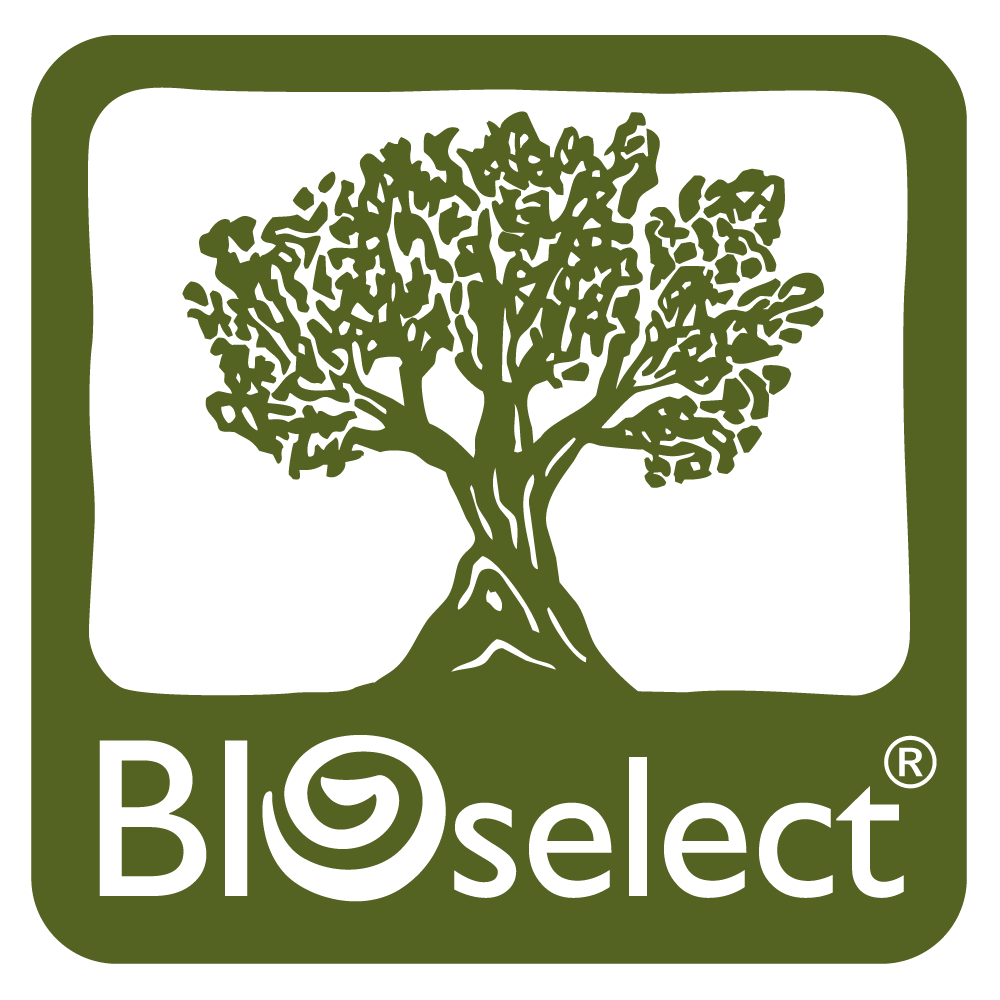 Lactic Acid
Lactic Acid
Lactic acid, also known as milk acid, is a chemical compound that plays a role in various biochemical processes and was first isolated in 1780 by the Swedish chemist Carl Wilhelm Scheele. Lactic acid is a carboxylic acid with the chemical formula C3H6O3. It has a hydroxyl group adjacent to the carboxyl group, making it an alpha hydroxy acid (AHA).
In solution, it can lose a proton from the carboxyl group, producing the lactate ion CH3CH(OH)COO−. Compared to acetic acid, its pKa is 1 unit less, meaning lactic acid deprotonates ten times as easily as acetic acid does. This higher acidity is the consequence of the intramolecular hydrogen bridge between the α-hydroxyl and the carboxylate group, making the latter less capable of strongly attracting its proton.
Lactic acid is miscible with water or ethanol, and is hygroscopic. It is chiral and has two optical isomers. One is known as L-(+)-lactic acid or (S)-lactic acid and the other, its mirror image, is D-(−)-lactic acid or (R)-lactic acid.
In industry, lactic acid fermentation is performed by lactic acid bacteria which convert glucose and sucrose to lactic acid. These bacteria can also grow in the mouth; the acid they produce is responsible for the tooth decay known as caries.
In medicine, lactate is one of the main components of lactated Ringer’s solution and Hartmann’s solution. These intravenous fluids consist of sodium and potassium cations along with lactate and chloride anions in solution with distilled water, generally in concentrations isotonic with human blood. It is most commonly used for fluid resuscitation after blood loss due to trauma, surgery, or burn injury.
Pharmaceutical and cosmetic applications
Lactic acid is also employed in pharmaceutical technology to produce water-soluble lactates from otherwise insoluble active ingredients. It finds further use in topical preparations and cosmetics to adjust acidity and for its disinfectant and keratolytic properties.
Detergents
Lactic acid has gained importance in the detergent industry the last decade. It is a good descaler, soap-scum remover, and a registered anti-bacterial agent. It is also economically beneficial as well as part of a trend toward environmentally safer and natural ingredients.





